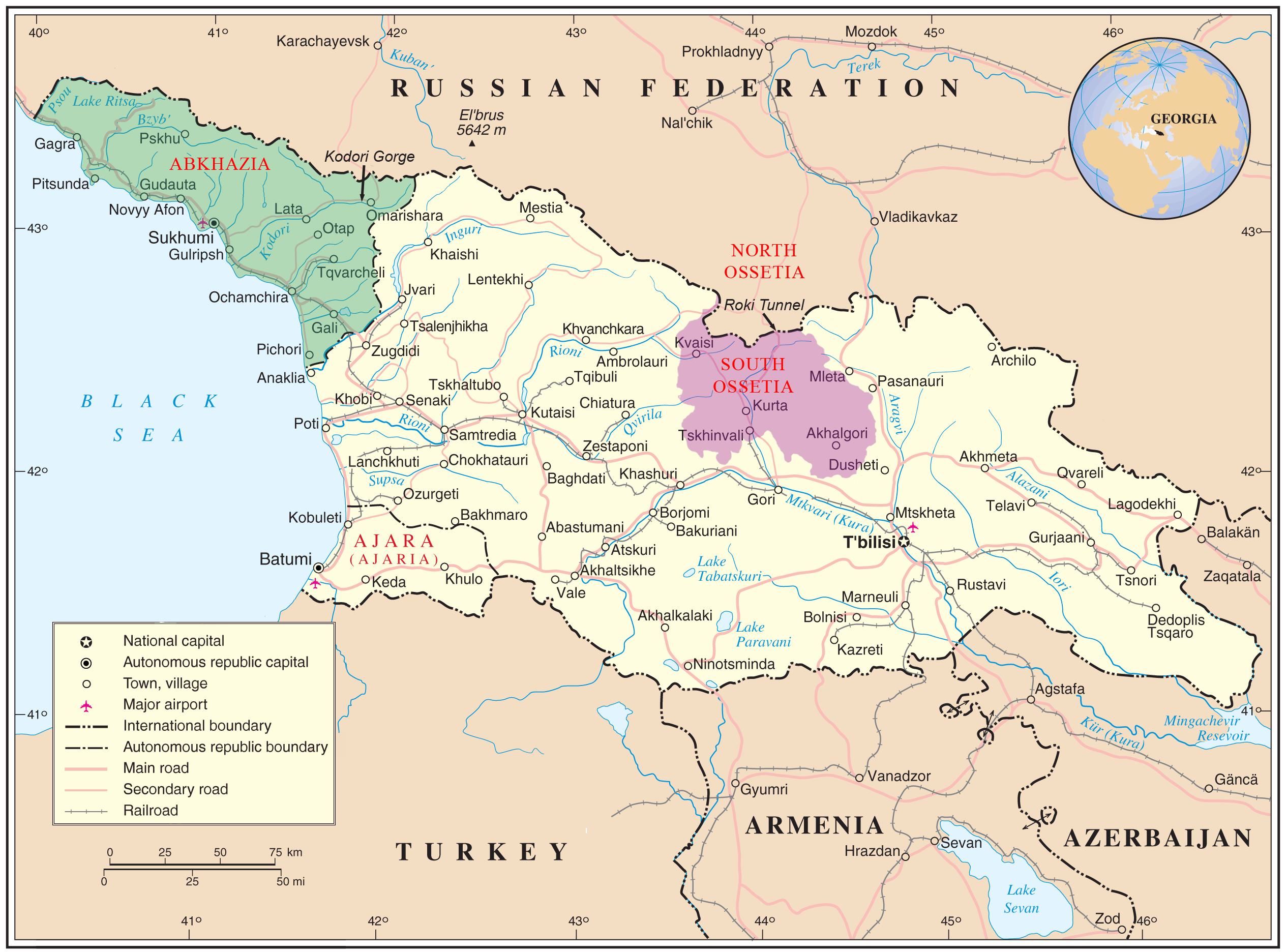Date: 5 January 1991-24 June 1992
Location: Georgia
Forces:
Georgian National Guard
South Ossetian Republican Guard


Lead up to war
With a population of fewer than 70,000, South Ossetia is a relatively sparse region. When the USSR crumbled in 1991, Georgia, like many other countries, sought independence. South Ossetia went one step further and desired its own state, away from Georgia as well as the Soviet Union.
The conflict
Sensing a rapid, sweeping victory, the Georgian military sent a small force to quell the uprising. The army created an economic blockade intent on strangling the resources available to the Ossetians. The Georgian forces seized the capital of Tskhinval with 6,000 men in an event that is known as ‘Bloody Christmas’. Many Ossetian civilians were killed by shelling and gunshots. Whole communities were shattered as the Georgian National Guard dealt cruel blows to the people of South Ossetia. Totally outnumbered and shocked by the sheer ferocity of the assault, South Ossetia was left reeling after its ill fated attempt to gain independence.
Peacekeeping measures
By 1992, peacekeepers from Russia had entered South Ossadia in an attempt to end the fighting. An agreement was made and a board set up for ‘peace and order enforcement’. By the summer of 1992, a year and a half after it began, the war had ended. The Russian intervention allowed South Ossetia to become a de-facto independent republic but it is still seen as part of Georgia by the international community.
Aftermath
Since the war, there has been a, perhaps surprising, lack of all out warfare in the region until 2008. There has been some conflict when tensions have boiled over in 2004 and 2006 but the most major by far was in 2008 in the Russo-Georgian War. Pictures of this conflict can be seen below.
Losses:
2,000 killed
3,500 injured
117 settlements burnt to the ground
up to 100,000 refugees
On Wednesday 7 January we will be posting an article on the next major conflict in the region, the 2008 Russo Georgian War. See you then!




